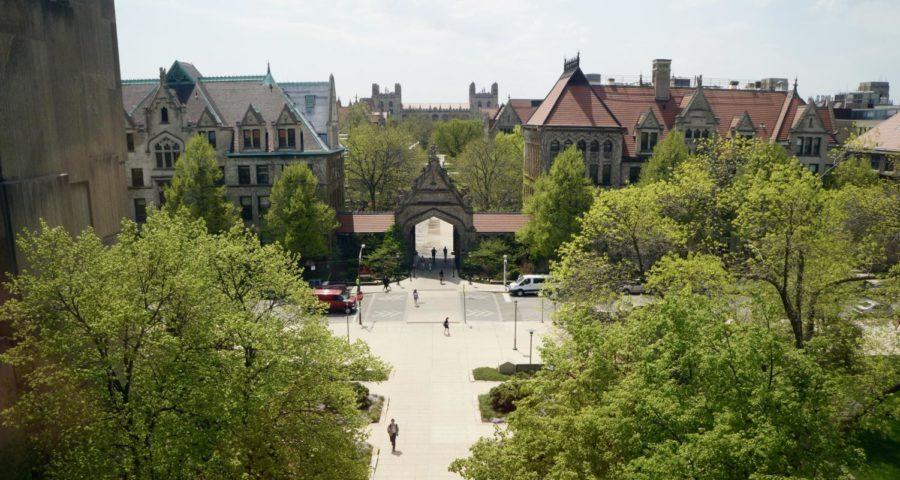Scientists from the University of Chicago, Argonne National Laboratory, and Fermilab have collaborated on a new ultra-sensitive camera for the South Pole Telescope (SPT) to better understand the physics of the early universe by measuring photons, radiation, and neutrino mass.
According to Hendrik “Harry” Weerts, Associate Lab Director for physical sciences and engineering at Argonne National Laboratory, the SPT camera is like a sophisticated thermometer that can measure the temperature of the universe. The temperature variations across the sky provide insight on the millimeter (mm) wave photons that were created approximately 300,000 years after the creation of the universe.
Weerts compares the SPT to a police dog; because of the dog’s extremely sensitive sense of smell, it has the ability to retrace scents. The SPT temperature sensitivity enables scientists to better understand what the universe was like at that time.
The SPT will be upgraded from 1,600 to 16,000 detectors in order to count more photons and achieve greater temperature sensitivity. An increase in collected light yields a more precise measurement.
Argonne physicist Dr. Clarence Chang, who leads a team of scientists at Argonne in the development of sensors for the upcoming upgrade, says that the Cosmic Microwave Background (CMB), or the radiation created after the Big Bang, is best detected where there is little moisture in the air. CMB data can provide a glimpse of the physics of the early universe.
“The South Pole is one of the premier sites for observing the CMB because of its atmosphere. The CMB radiation is brightest at millimeter wavelengths. These wavelengths are heavily absorbed by water in the air. Water in the air also emits at these wavelengths. So, the best sites for CMB studies are sites where there is very little water in the air. The South Pole is one such site. Another well developed site is the Atacama plateau in Chile,” Chang said.
The photons captured can be polarized, according to Weerts. This polarization can only be produced by certain processes of the early universe; therefore, the detection of polarization can shows which processes played a role. The type of polarization the team is specifically looking for is that created by small fluctuations in the gravitational field and would be a unique discovery.
The new camera will also aid in the determination of neutrino mass. Neutrinos are neutral subatomic particles that were created in the early universe. The amount of energy within a neutrino population is proportional to its mass.
“Now, the light from the CMB travels through the entire universe to get to us. During its travels, the light interacts in a very subtle way with the rest of the universe allowing the CMB to give us a picture not only of the very early universe, but also what the universe looks like in more recent times. By measuring what the universe looks like more recently, we can work out how it evolved and measure the role of the neutrinos and their mass,” Chang said.
Both scientists agree that there is still work to be done.
“After we build the camera with 16,000 detectors, we want to collaborate with all of our current competitors and build a camera that [has about] 500,000 detectors. That would be the ultimate CMB experiment from the ground. To achieve higher precision after that (if needed) one would have to go to space (no obstruction by air). We are planning this and making the case and assembling the team,” Weerts wrote in an e-mail.







